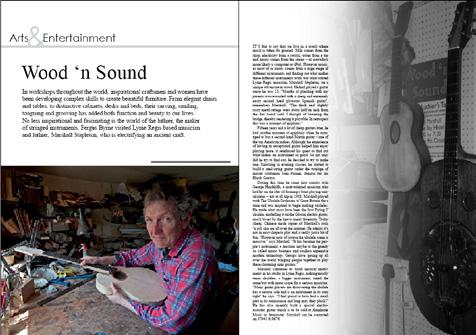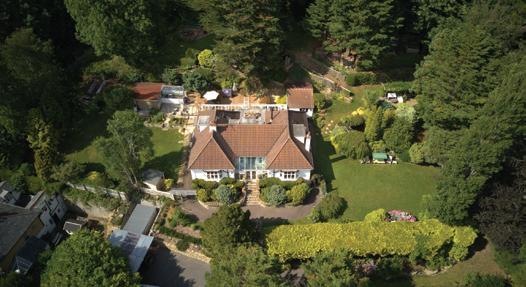Beer Quarry Caves NEW DISCOVERIES IN ANCIENT CAVES How can you find new things at a place as ancient as ours? The answer is that these caverns are like Alibaba’s treasure caves from the Arabian Thousand and one Nights; they always have something new to show us, because they always have something hidden away, something no one has seen before. A spot of fly fishing for salmon down there in the dark? It’s not as fantastic as it might seem. We can hear water running somewhere beneath and behind the west face of the workings. We don’t know where the water comes from and we don’t know where it goes but a great deal of the fun of Beer Quarry caves is trying to find out all the things we don’t yet know. A book, published around 1926 about walks in Wessex, warns that you shouldn’t enter Beer Quarry caves without a guide as they are full of water and you might drown. Right now the caves are dry, with only one puddle by the west face, close to where we can hear the water flow. You’d be unlucky to get the soles of your shoes wet. OLDER HISTORY STILL But why history at all? When visitors come to Beer Quarry caves its almost always to have a look at what preserved history looks like. Our walls bear the marks of almost 2,000 years of the men, women and children of Beer chipping away at the limestone seam in the caves. The first Roman cuts, then the Anglo Saxon, then the Norman are clearly visible and touchable. Much of what we discuss and talk about on the tours is this visible, preserved history. Why? Why bother with what the ancestors of the folk from Beer village had to do to survive over the millennia? The general answer is that we should study history so we do not repeat the mistakes of the past. But there is also the sheer fascination in satisfying our curiosity by probing the unknown, in discovering the things that time has hidden. What can we learn from this extended saga of cruelty that cut the lives of the Beer miners to a span of less than 30 years, crippled by disease and injury? We can maybe learn that human lives, all human lives, matter and people should not, for economic reasons, be condemned to a mole like existence in the bowls of the earth, digging out stone, albeit stone that will later be part of the great cathedrals that are the historic legacy of the middle ages. As our founder the late John Scott emphasises in our CD recording of his key lecture tour, out of terrible toil rose buildings of enduring magnificence. The lesson for us is that we still benefit
22 The Marshwood Vale Magazine August 2 2020 Tel. 01308 423031
from the low wages and child labour employed in the developing world to have our cheap high fashion, and our £5 Tee shirts. The world has changed but not enough. Beer Quarry Caves, are not like a museum with the exhibits in glass cases. Here you can run your hands along the actual history, touch the walls the people of centuries ago worked and see the caverns they created. This is history ‘in your face, at your fingertips’. BEER HISTORY BEFORE THE ROMANS SHOWED UP We have already discovered from reviewing local archaeological records in the Beer area that before the Romans officially invaded Britain the second time in AD 43, they may have been trading with the people of Beer. In the digs on Quarry lane are some fragments of Roman pottery. This raises two questions. The first is what did Beer possess that the village could trade with? The second is what might the fishing village of Beer have looked like between, say 4000 BC and 50 AD? The answer to the first question is simple, if still substantially unstudied. Beer was the manufacturing centre at the heart of the flint industry in the South West of England. Based on flint records across ancient Britain and Europe, flint was the key tool for two things. Tools for cutting animals for food and clothing. And the components of fire kits, that were later standard issue with the Roman legions. Fire and food, that’s what flint was for. STONEHENGE AND BEER QUARRY CAVES The new and extraordinary discoveries at Stonehenge are important for Beer, Beer Quarry Caves and the Farway stone age necropolis. The details emerging in Wiltshire show a hugely different picture to the simple one so many of us grew up with. The site is not merely the group of well known vertical stones capped with horizontal blocks. It is a huge area, with paths down to the Avon river and a central array of newly discovered pillars 20 meters tall. It is in short a stone age city, perhaps Britain’s first ever city? It was a place that drew pilgrims from all over the country. It was a place for religious ceremony and to bury the dead. Just like Farway. We are looking at the links between the grave at Fir Cross and the three settlements, at Blackbury, Farway and Sidbury, and the as yet undiscovered stone age settlement in Beer itself, to see if what we have is a mini Stonehenge. Steve Rodgers. Curator and Manager. Beer Quarry Caves June 2020















